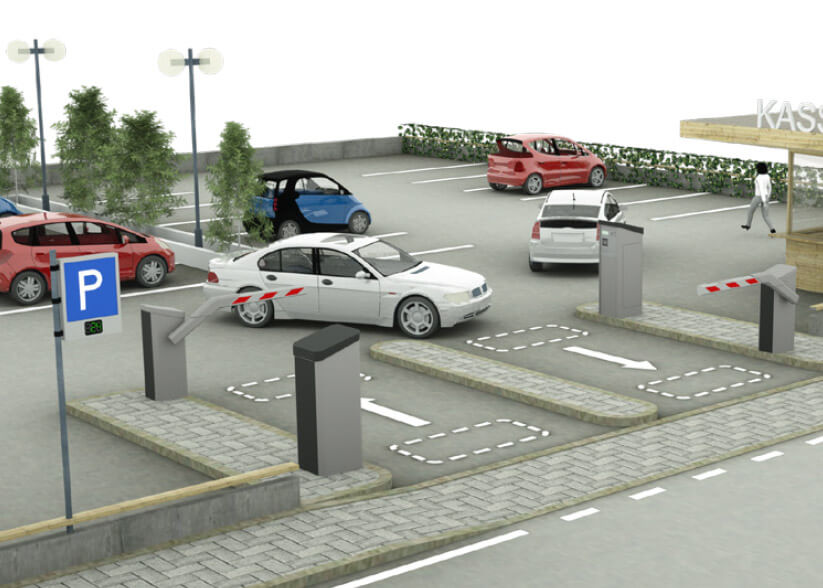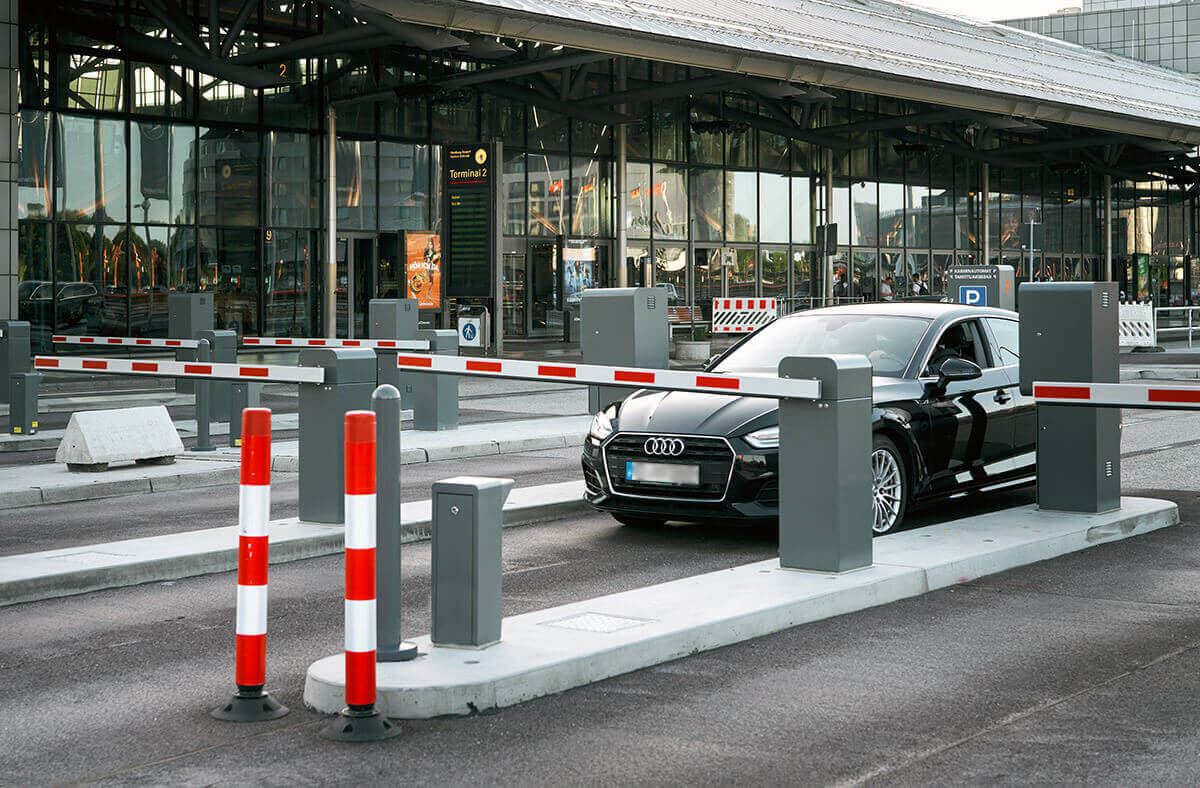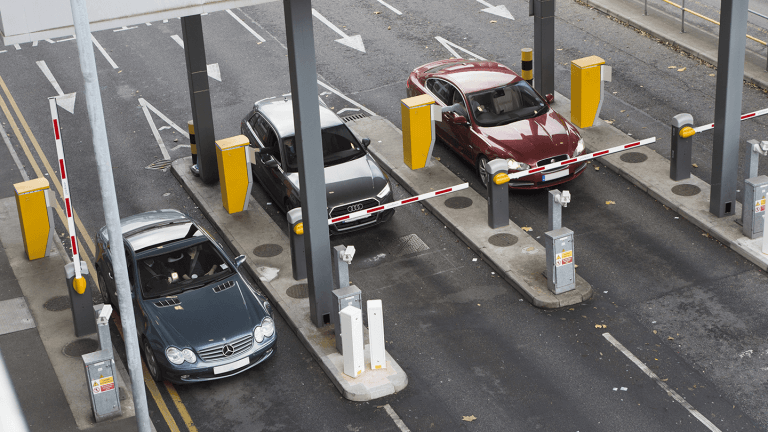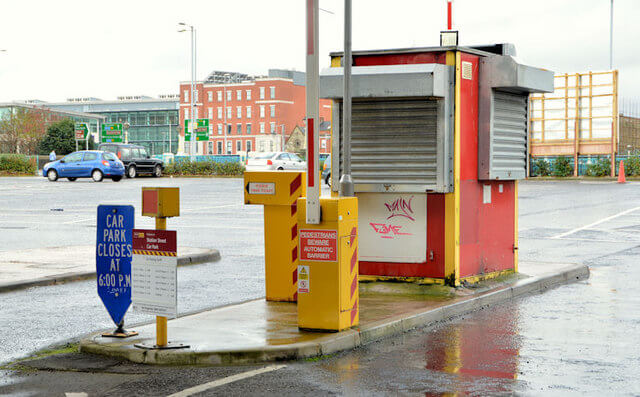Automatic car park barriers are a common sight in parking facilities, providing efficient access control and enhancing security. These barriers play a crucial role in managing vehicle entry and exit. Ensuring authorized access, and maintaining safety within the car park.
In this blog post, we will explore, how do automatic car park barriers work, their components, and the benefits they offer. From the mechanism behind the barrier arm to the integration of advanced technologies. Understanding the functionality of automatic car park barriers will provide insights into their operation and importance in modern parking systems.
The Components Of An Automatic Car Park Barrier
An automatic car park barrier system consists of several vital components. The main elements include the barrier arm, control unit, motor, access control, and safety features. The barrier arm is the physical barrier that blocks or allows access to the car park. The control unit is the brain of the system, receiving and executing commands from the access control system to raise or lower the barrier arm. The motor provides the necessary power to move the barrier arm up and down smoothly which is counterbalanced by a tensioned spring.
Sensors, such as loop detectors or infrared sensors, detect the presence of vehicles. And trigger the barrier to open or close accordingly. Safety features, such as safety edges or photocells, ensure that the barrier arm stops or reverses if it detects an obstacle during operation.

Barrier Arm Operation And Mechanism
The barrier arm is a critical component of an automatic car park barrier. It is typically made of solid and durable materials such as aluminium or fibreglass. And ranges in length depending on the desired level of control and the width of the entrance or exit.
The barrier arm is connected to the motor and is controlled by the control unit. Once the vehicle has cleared the barrier, the control unit signals the motor to lower the barrier arm using rapid closure, blocking access until the next authorized vehicle arrives.

Integration Of Advanced Technologies
Modern automatic car park barriers often incorporate advanced technologies to enhance their functionality and improve user experience. These technologies include:
a.) Access Control Systems: Automatic car park barriers can be integrated with access control systems. Such as proximity card readers, keypads, or license plate recognition (LPR) cameras using cloud-based software. These systems ensure that only authorized vehicles or individuals can enter the car park, enhancing security and preventing unauthorized access.
b.) Ticketing Systems: In parking facilities, that require payment or validation, automatic car park barriers can be linked to ticketing systems. The barrier arm is raised whenever a valid ticket is inserted or payment is made, allowing the vehicle to exit.
c.) Remote Control and Monitoring: Some automatic car park barrier systems can be remotely controlled and monitored. This allows parking administrators to manage the barriers, monitor access, and troubleshoot any issues from a central location. Improving efficiency and reducing the need for on-site personnel.
Benefits Of Automatic Car Park Barriers
Automatic car park barriers offer numerous benefits to parking facilities and their users. These include:
a.) Access Control: Car park barriers effectively control vehicle access, ensuring that only authorized vehicles enter the premises. This enhances security and reduces the risk of theft, vandalism, or unauthorized parking.
b.) Traffic Management: By controlling the flow of vehicles, car park barriers contribute to smoother traffic management. Within the facility, minimizing congestion and improving overall efficiency.
c.) Safety: Automatic car park barriers incorporate safety features such as safety edges and photocells to prevent accidents or injuries. These features detect obstacles and respond accordingly, ensuring the safety of pedestrians and vehicles.
d.) Revenue Generation: In parking facilities that require payment, automatic car park barriers can facilitate revenue generation by integrating with ticketing or payment systems. This streamlines the payment process and ensures accurate tracking of parking fees.
e.) Deterrence: The presence of automatic car park barriers acts as a visual deterrent against unauthorized entry. Reducing the likelihood of criminal activities and promoting a sense of security for users.

Car Park Barrier Arm Price and Options
The cost of car park barrier arms can vary. Depending on factors such as the length of the arm, the material used, and additional features. Barrier arms are available in different lengths to accommodate various entrance or exit widths. Longer barrier arms typically cost more than shorter ones due to the increased materials and manufacturing requirements. The material of the barrier arm also affects the price. With fibreglass generally, it is more expensive than aluminium arms due to its durability and strength.
In addition to the basic barrier arm, there may be additional options available that can impact the price. These options include LED lights for increased visibility, signage or branding customization. And specialized coatings for weather resistance or aesthetic purposes.
When evaluating the cost of car park barrier arms, it is also essential to consider the long-term benefits they provide. Such as enhanced security, traffic management, and durability. Investing in high-quality barrier arms ensures reliable operation. And reduces the need for frequent replacements, resulting in cost savings over time.
Articulated Boom Arm As An Alternative
An articulated boom arm, or folding arm barrier, is a type of traffic barrier. It is used for access control in areas with limited overhead space. It is a specially designed device that operates differently from traditional straight boom barriers.
The ‘articulated’ part of the term refers to the joints or pivots in the arm. Which allows the boom to fold in on itself as it rises. This design helps in reducing the height needed for the arm to fully extend upwards. Making it ideal for places with lower vertical clearances.
Articulated boom arms are commonly used in locations where we have overhead obstructions. Such as ceilings, beams, or trees would interfere with the operation of a regular straight boom gate. They’re particularly useful in settings like underground car parks and residential complexes with covered parking.
Despite their advantages, it’s important to note that articulated boom arms may not be the best solution for all situations. They are generally more expensive than straight-arm barriers, so they might not be cost-effective for environments with sufficient overhead space.
In essence, articulated boom arms are an innovative solution in the field of traffic management. Providing an effective way to control vehicle access in areas with limited height availability.
Car Park Barrier Safety Features
Ensuring the safety of users is a critical aspect of automatic car park barriers. These barriers are equipped with various safety features to prevent accidents or injuries. Common safety features include:
a.) Safety Induction Loop: A safety induction loop for a boom gate is often known as a vehicle loop detector or induction loop. It is a type of safety device used in automatic gate systems. Its main function is to detect the presence of vehicles and prevent the boom gate from closing on them. Thereby enhancing the overall safety of the traffic control system.
b.) Photocells: These sensors are positioned on each side of the barrier arm, emitting and receiving infrared beams. If the infrared beams are interrupted by an object or person, the barrier arm will stop or reverse. Ensuring that it does not come into contact with anything in its path.
c.) Warning Lights: Automatic car park barriers often feature warning lights to signal the movement of the barrier arm. These lights enhance visibility and alert drivers and pedestrians of the barrier’s operation, promoting safety and preventing accidental collisions.
By incorporating these safety features, car park barriers prioritize the well-being of users. And minimize the risk of accidents, providing a secure and controlled environment within the parking facility.
Conclusion
Automatic car park barriers are essential components of modern parking systems, providing access control, traffic management, and enhanced security. Understanding the functionality of these barriers, including their components, mechanism, and integration of advanced technologies. Highlights their importance in ensuring smooth operations and a safe environment within parking facilities.
Automatic car park barriers offer benefits such as access control, traffic management, safety, revenue generation, and deterrence. Whether it’s a small parking lot or a large multi-level car park, automatic car park barriers play a vital role in optimizing space utilization, improving security, and providing a seamless parking experience for users.



